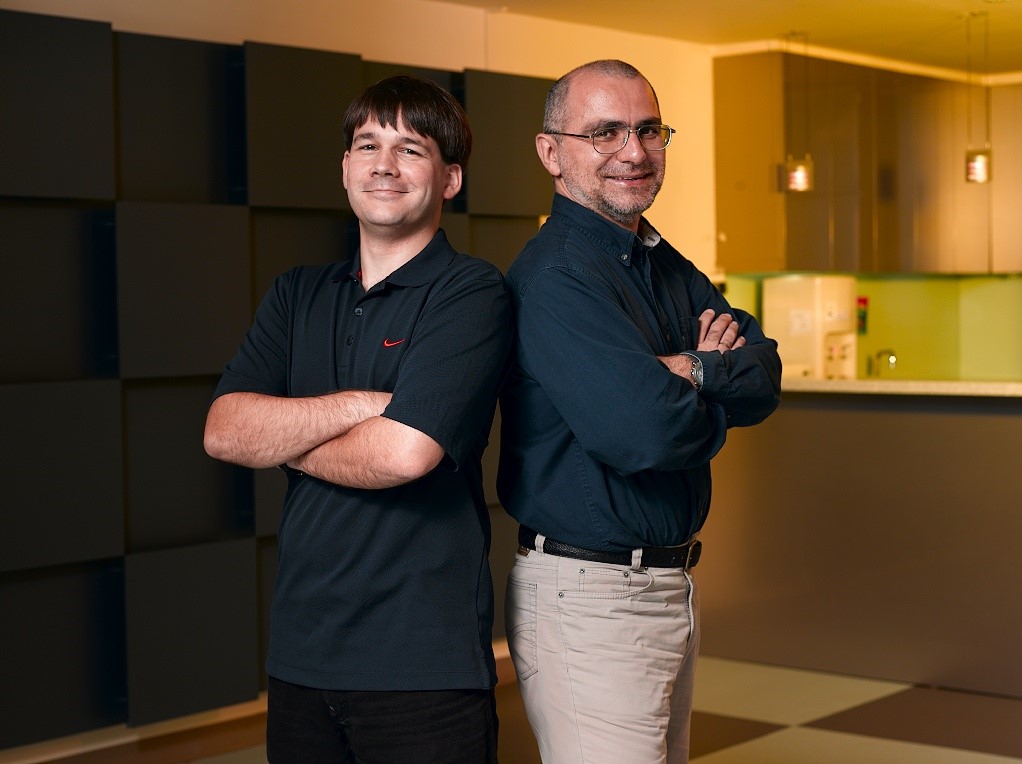Executive Director's Message
The last handful of years have probably been the most successful in the history of the Bioinformatics Institute (BII) Singapore. Performance of a research institution is typically measured in terms of scientific publications, discoveries and innovations as well as clinical and industry collaboration agreements. BII has done very well by any of these accounts.
Established as a mere IT and Bioinformatics service unit for the research institutes within the Biomedical Research Council (BMRC) of A*STAR in 2001 (see JBCB 2014, 12(3):1471002 for the history of bioinformatics research in Singapore), BII was relaunched 2007 as a biomedical research unit headed by Frank Eisenhaber. Under his leadership, our staff’s engagement, hard work and good ideas resulted in a steady growth in BII’s reputation in Singapore and in the world most obviously illustrated by a ~3 times growth of the scientific output per year compared with the earlier period.
More than 80% of all publications are the result of collaborative work with academic, clinical or industrial partners in Singapore or elsewhere in the world; thus, BII has established itself as a trusted partner in the community and, to emphasize, we are here to stay for a long time to come with our excellent research. We also provide scientific advice to the government of Singapore and international organizations, clinical and industry partners in areas ranging from virus surveillance to precision drug and clinical disease mechanism discovery.
BII has been purposefully structured into divisions based on data types starting with sequences, going to 3D structures and from cellular images to clinical patient data. Because of the seamless connection of data types, the area covered is broad and the groups are agile in order to work across scales to understand biomolecular mechanisms from small to big. The broad setup is necessary to deliver on the larger role for the ecosystem to provide the essential Bioinformatics expertise not available elsewhere in the region.

Fig. 1: A*STAR 3D printed model of the SARS-CoV-2 spike glycoprotein in the WHO Emergency Board Room in Geneva February 2020
At the beginning of 2021, Sebastian Maurer-Stroh (left in Figure 2 below) took over the helm of BII from Frank Eisenhaber (right in Figure 2 below) to lead BII into the new Research, Innovation, Enterprise 2025 plan (RIE2025). A new direction has been added to BII to serve as the data hub for all of A*STAR’s Biomedical Research Council and be extendable to the wider ecosystem which means an increased data platform role in the future. The transformation also included right-siting of groups across various institutes and BII strengthened its focus to concentrate critical mass of expertise in 3 key areas for RIE2025 such as Epidemic Preparedness, Human Potential and Digital Health as horizontals across our traditional divisions by data type (go to Research Overview). This has been complemented by creating a Bioinformatics network with joint appointees across 9 institutes to cover a broader range of domain expertise, facilitate inter-institute collaborations and catalyze training and people development with Bioinformatics skills in Singapore.

Figure 2. Past and present Executive Directors, Frank Eisenhaber (2007-2020, right) and Sebastian Maurer-Stroh (2021-now, left), photo taken in 2008.
A*STAR celebrates International Women's Day

From groundbreaking discoveries to cutting-edge research, our researchers are empowering the next generation of female science, technology, engineering and mathematics (STEM) leaders.
Get inspired by our #WomeninSTEM